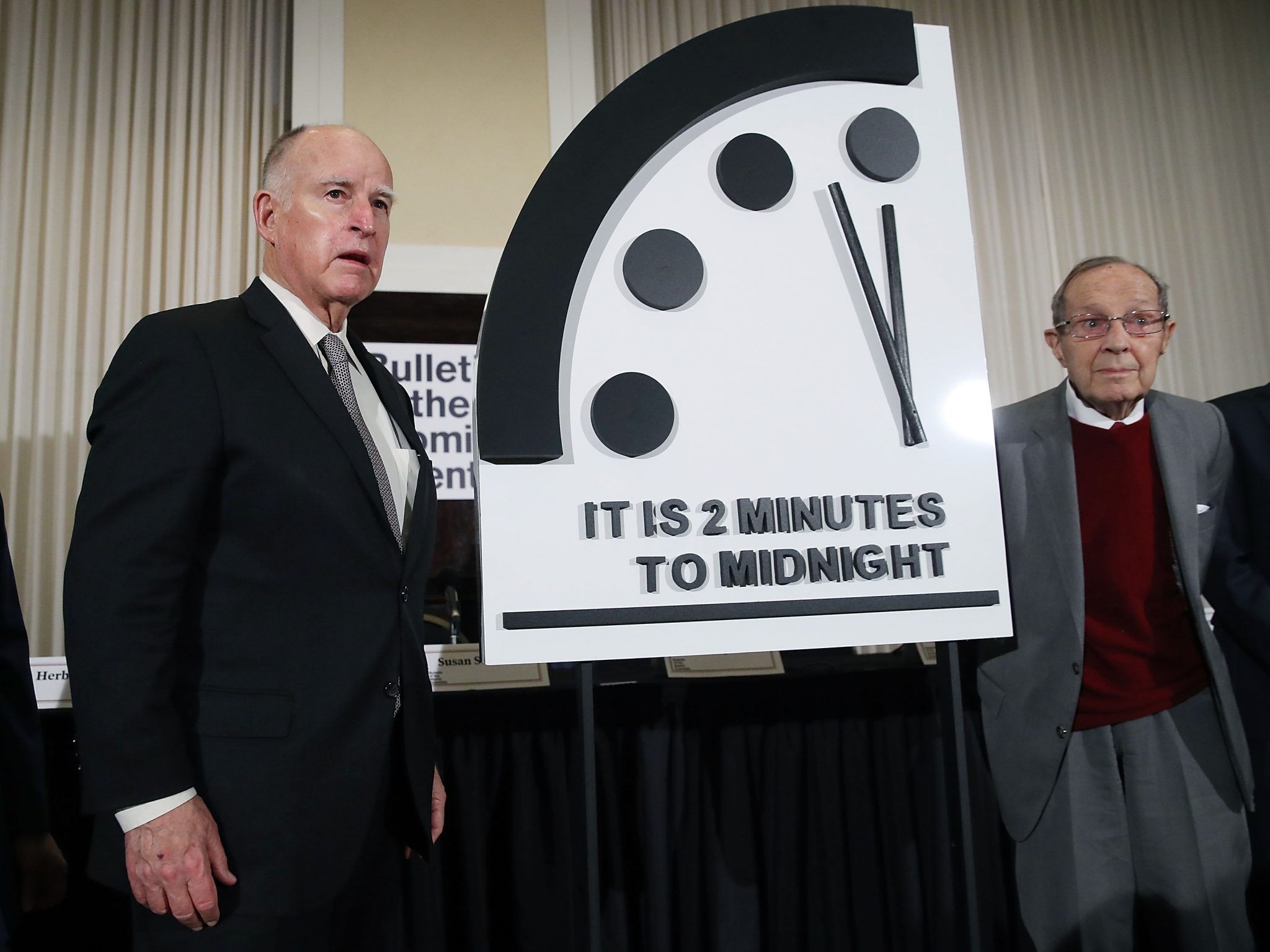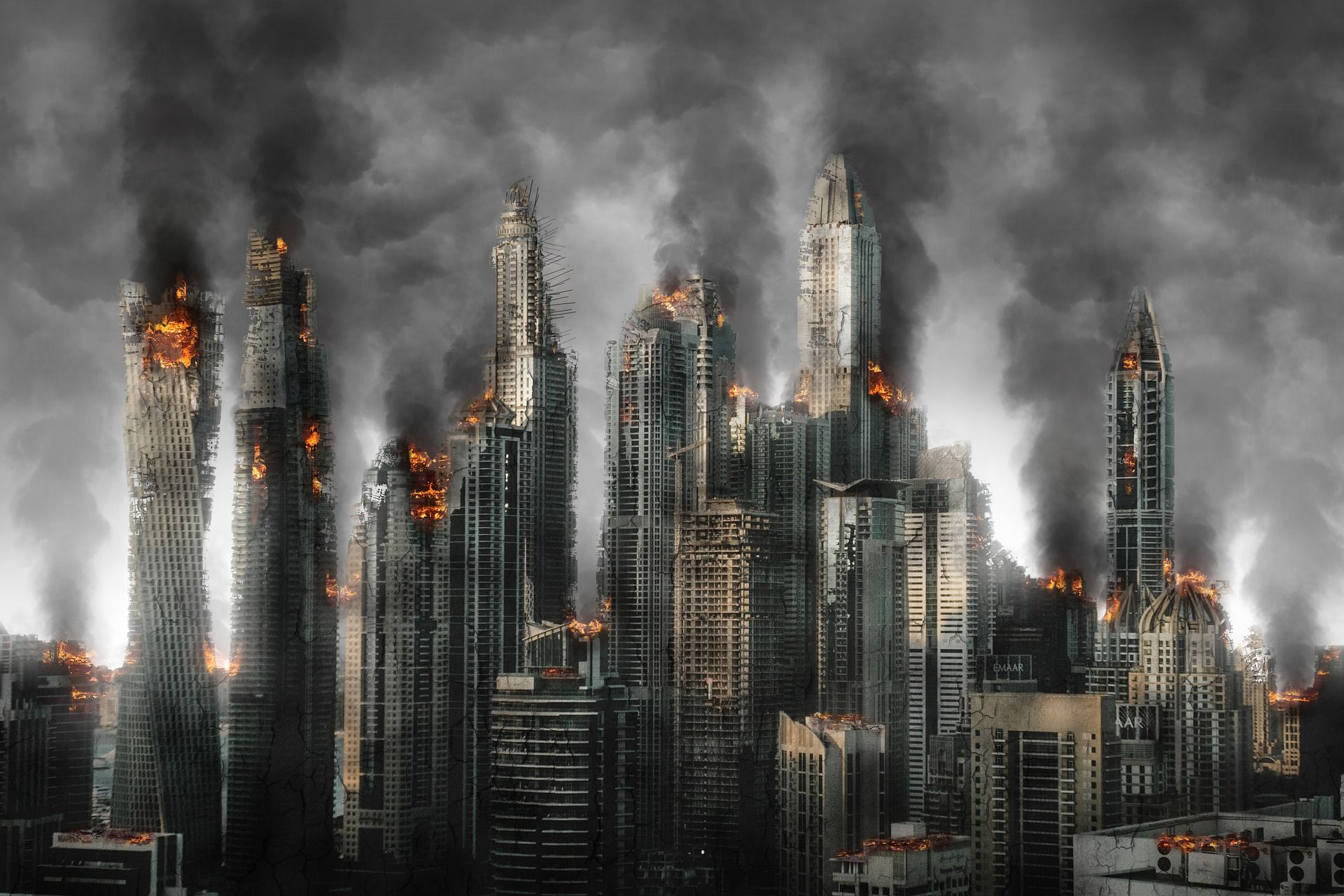We had a good run
The ‘Doomsday Clock’, which symbolises how close we are to a world wide cataclysm, will stay at 100 seconds to midnight due to global disturbances.
The clock is currently in the most dangerous position it has ever been in since its creation in 1947 by scientists working on the Manhattan Project, which introduced the world to the first atomic bomb. While it was initially intended as an early warning system for nuclear war, trying times have meant the clock has adapted to take into account other world threats.

With Russia armed up and ready to invade Ukraine, the ice caps looking less icy by the minute and of course the pandemic, it’s enough to beg the question… is the world about to end?
The Bulletin of the Atomic Scientists (BAS) has warned of a “mixed threat environment”, alluding to the many different dangers and the various forms they can take. They branded the current world order as a “perilous moment”.
Rachel Bronson, BAS president and chief executive, stated that the clock is “hovering dangerously” and that work needs to be done in order to take it back a few ticks.
She continued: “Today, the members of the Science and Security Board find the world to be no safer than it was last year at this time and therefore has decided to set the Doomsday Clock once again at 100 seconds to midnight.”

The clock is a metaphor for the “world’s vulnerability to catastrophe”, and unfortunately we are “no safer” than last year.
Bronson added: “The Doomsday Clock continues to hover dangerously, reminding us how much work is needed to ensure a safer and healthier planet. We must continue to push the hands of the clock away from midnight.”
The clock was changed to 100 seconds to midnight in 2020, which is the closest the world has ever come to an apocalypse.
In 2018, the clock was at the two-minute mark, with reasonings like fake news and information warfare being used to support the decision. For context, the clock was also at the two-minute mark during the US and Soviet Union’s stand-off in 1953.
Still, Bronson assured audiences that there’s always hope, saying: “Since 1947, it has also served as a call-to-action to reverse the hands, which have moved backwards before.”
Related links:
- Wildlife returns to the Thames 60 years after it was declared biologically dead
- David Attenborough says he hopes he dies quickly
- Insulate Britain compares not acting on climate change to ‘letting the Holocaust happen’






































